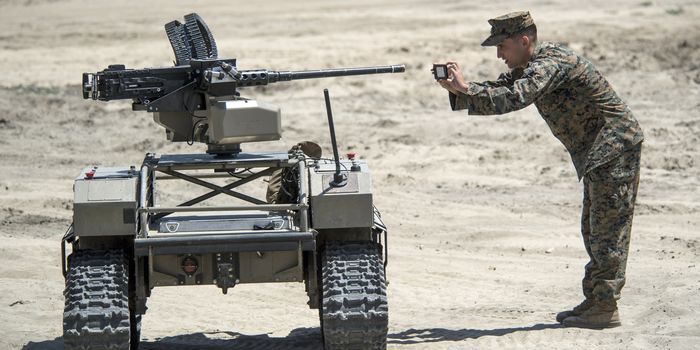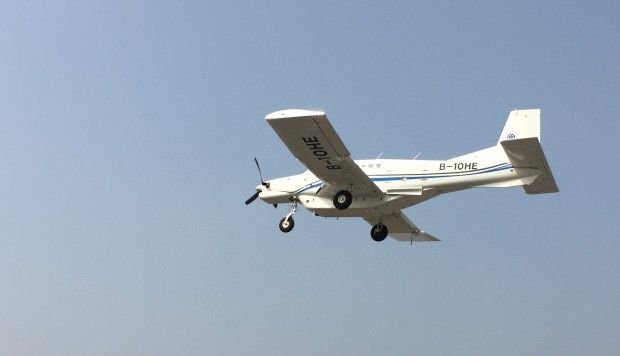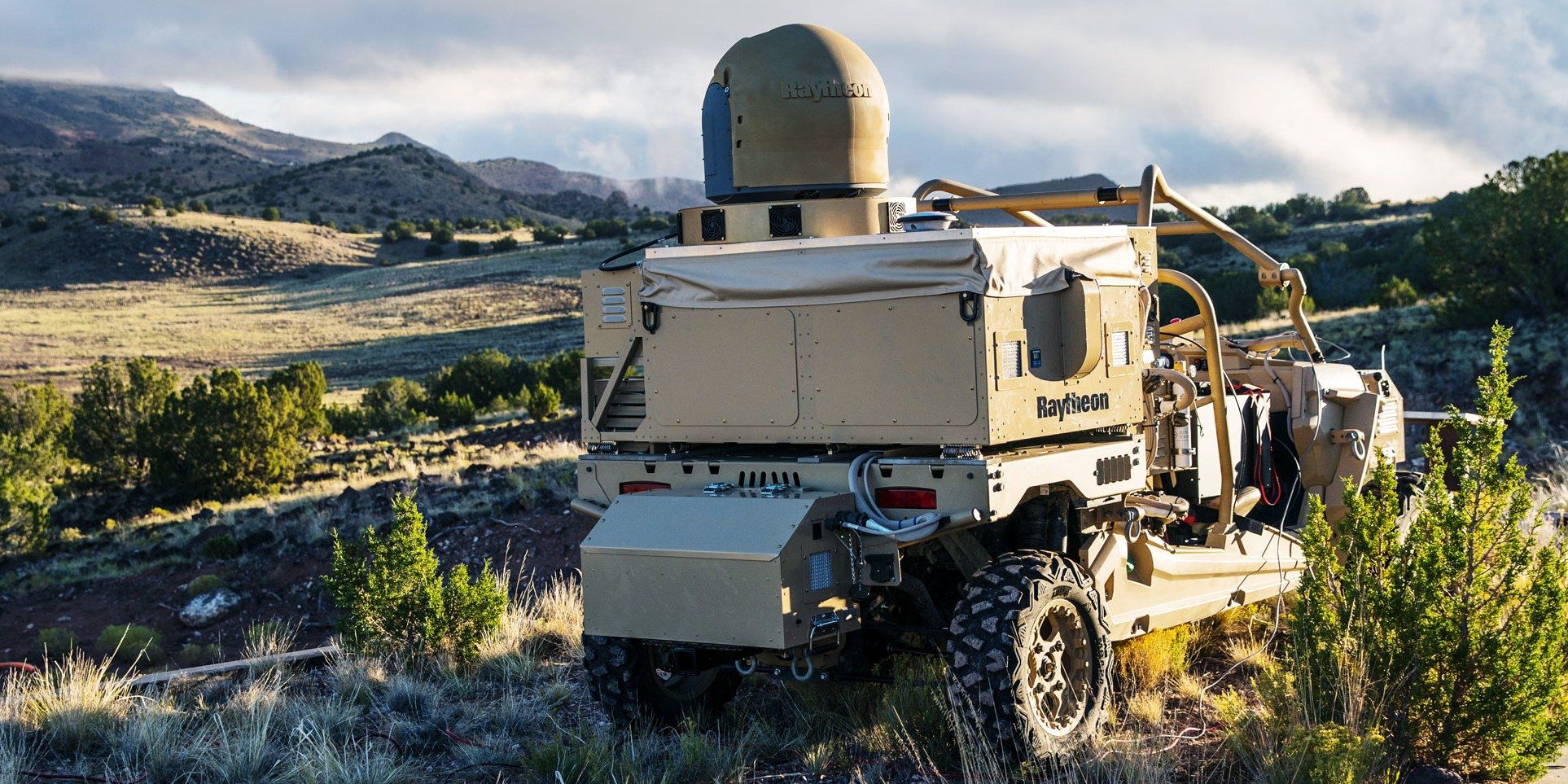China’s heaviest cargo unmanned aerial vehicle (UAV) AT200 prepares for its maiden flight in Neifu Airport in Pucheng, northwest China’s Shaanxi Province, Oct. 26, 2017. China’s heaviest cargo unmanned aerial vehicle (UAV) completed its maiden flight in northwest China’s Shaanxi Province Thursday. With a maximum take-off weight of around 3.4 tonnes and a payload of 1.5 tonnes, the AT200 could be one of the world’s most powerful civilian UAVs. (Xinhua)
BEIJING, Oct. 27 (Xinhua) — China’s heaviest cargo unmanned aerial vehicle (UAV) completed its maiden flight in northwest China’s Shaanxi Province Thursday.
The AT200 drone, jointly developed by several research institutes and companies, made a successful 26-minute maiden flight, according the Institute of Engineering Thermophysics.






